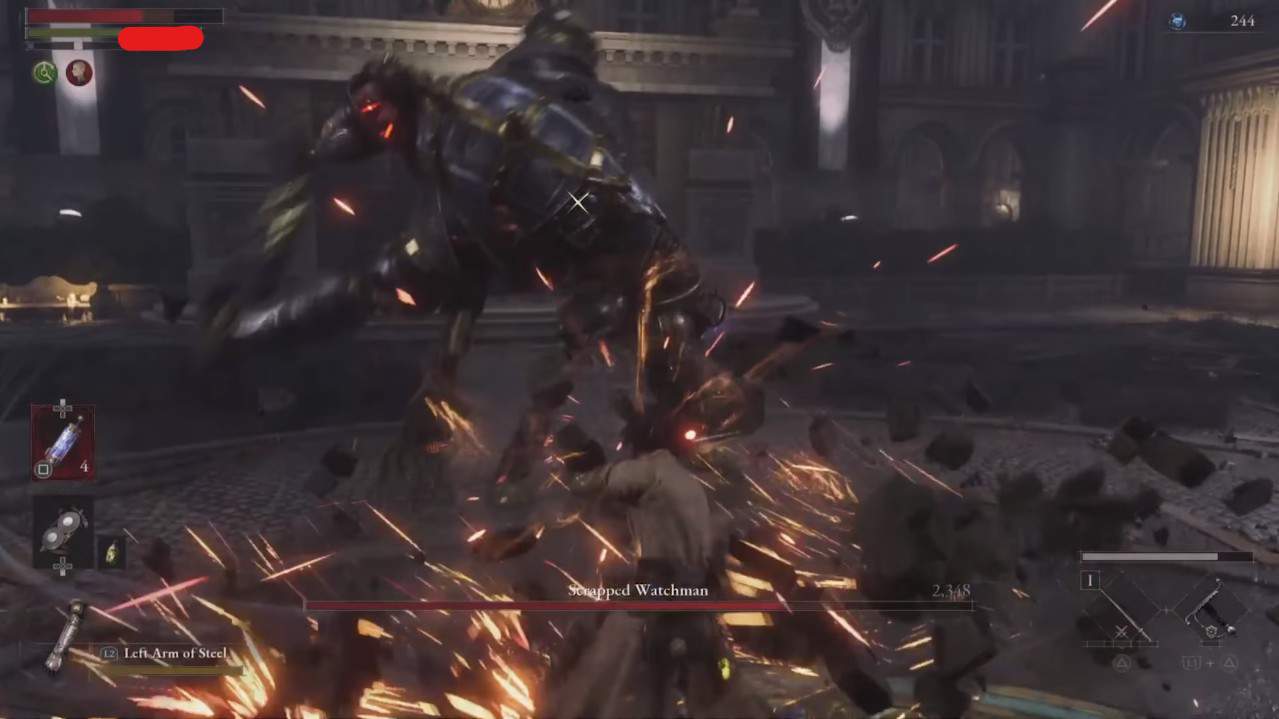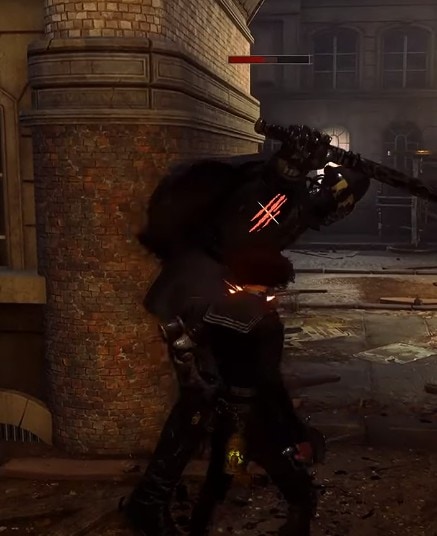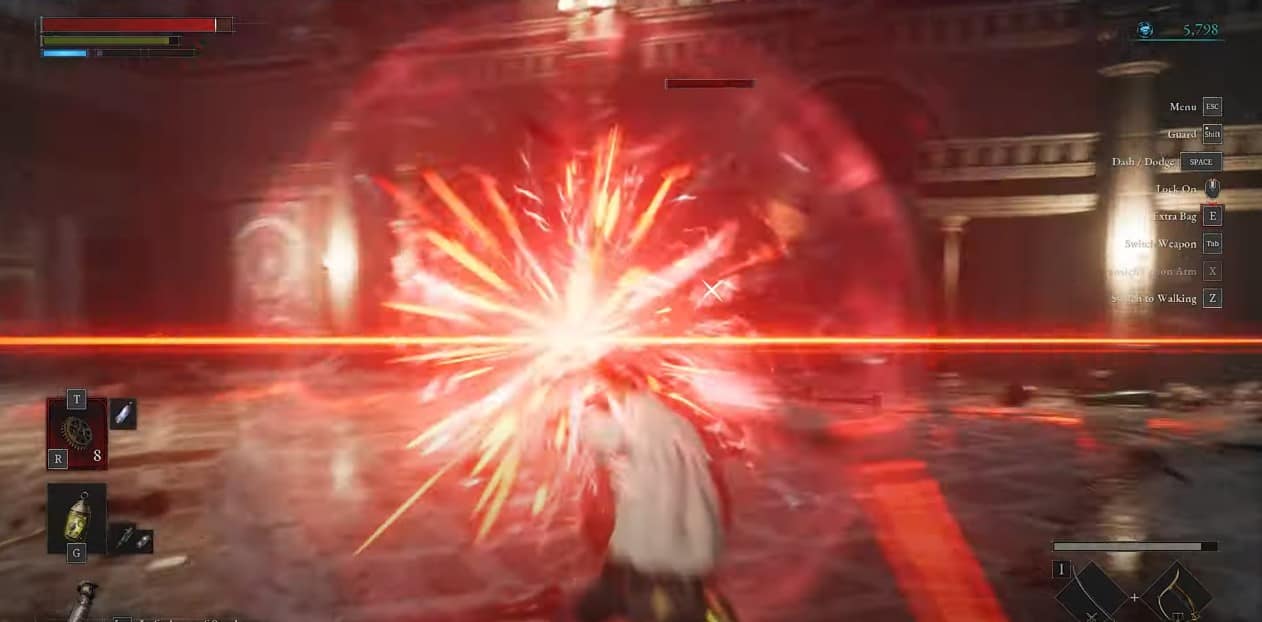Blocking and Parrying is a vital part of every Souls-like game. Every game has its own style and timing of Blocking and Parrying, and Lies of P is no different. Other than the obvious, that is reducing the damage you take and the ability to break enemy stances, the ability to block and parry in Lies of P also provides you with some hidden benefits not clearly explained by the game itself.
Lies of P uses slightly different wording for blocking and parrying compared to other games of the genre. Block is referred to as Guard in Lies of P while parry is replaced by the terminology Perfect Guard. The concept behind both moves however remains pretty much the same as other games.
How to block in Lies of P
Since you don’t have a shield, you don’t use that to block attacks. Instead, your main weapon serves as a way to guard against enemies until you get the Aegis Legion arm. Whenever an enemy is about to attack, press and hold LB/L1 to enter the guard stance. As long as you are in the stance, you will block enemy attacks as long as it is not a red attack.
If you block an attack in Lies of P, you take reduced damage, instead of completely canceling out the enemy attack. But if you keep an eye on your health bar, you will notice that instead of losing a part of your HP bar completely, blocking or guarding against an attack turns a portion of it semi-transparent.
If you retaliate immediately after blocking or guarding an attack in Lies of P, this transparent zone is refilled for each attack. This is known as Guard Regain in Lies of P where you can regain your HP lost during a blocked attack if you hit the enemy in that small window after blocking. This allows you to be more proactive even when playing defensive.

Blocking will also allow you to interrupt humanoid enemies and stop their combos but it won’t work for larger enemies.
Lies of P parrying explained
Parrying and Perfect Guard in Lies of P are the same thing. Basically, blocking just as the attack is about to hit you, you get a Perfect Guard or a Parry. If you manage to get a parry, you will take no damage and the attack will simply bounce off of you, however, you still lose some stamina.
Each weapon has a different speed and every enemy has a different attack animation speed so you will need to experiment a lot to nail down the parry timings in Lies of P. Practice makes perfect and it couldn’t be more true when it comes to figuring out the parry timings or perfect guard against an enemy.
Parrying in Lies of P also gives you a chance to break an enemy’s weapon (if they are a small enemy) or increase their stagger meter (which is invisible). Once you reach a certain threshold of perfect guards or parries, the enemy’s health bar will get highlighted and glow. This means they are ready to be staggered. At this point, you can use a charged heavy attack to stagger your enemy in Lies of P and leave them open for a fatal attack.
A broken weapon deals less damage overall, so parrying is a perfect way to incapacitate your enemies in every way. However, you need to practice a lot to perfect the parry timings in Lies of P.
Staggering and Fatal Attacks
Both of these are closely linked together and work as follow-ups to your parries. You can only land a Fatal Attack if your enemy is staggered. To stagger an enemy, you need to break your enemy’s stance. To do this, either land heavy attacks or parry their attacks. Which once again relies on learning the different parry timings in Lies of P.
The enemy’s HP bar will glow white if you have parried enough attacks. At this point, you have to land a charged heavy attack and this will stagger your enemy. No matter if it is a boss or a basic puppet, the same principle is followed for all of them.

After your enemy is staggered, you will see a claw mark in front of them. Go in front of your staggered enemy and when the law mark glows, a simple light attack will allow you to do a powerful fatal attack.
If you are still having difficulty understanding, just consider it a fancier visceral attack. For most enemies you fight, a single fatal attack is all that you’d need to finish them off. The weaker the enemy is, the easier it is to stagger them and the more damage they take from fatal attacks.
Keep in mind that even if it is called a fatal attack, it might NOT be exactly fatal if your enemy has enough HP to withstand the attack.
